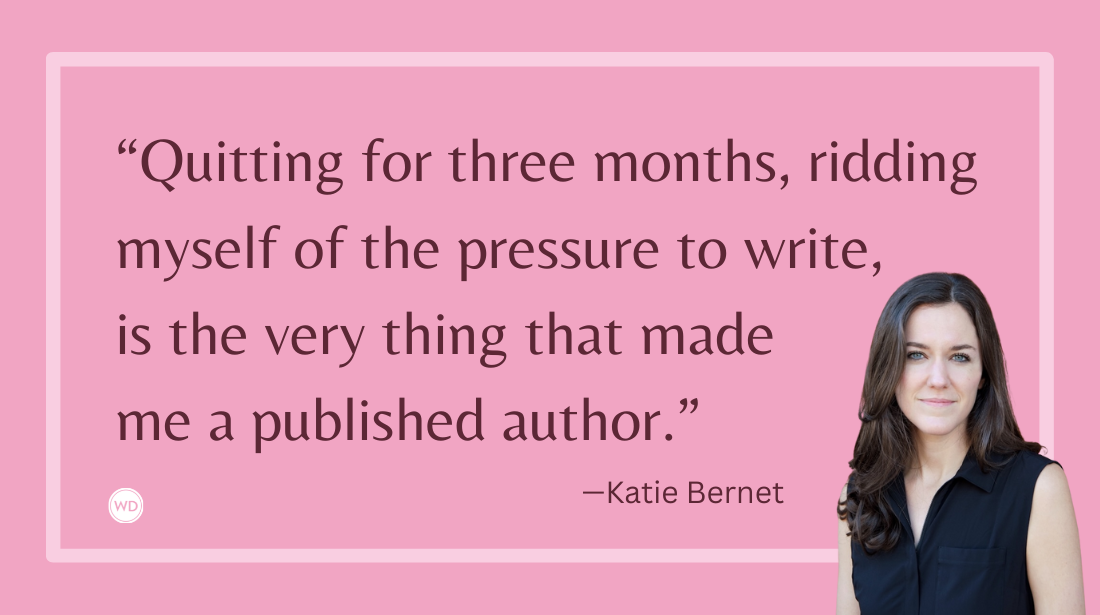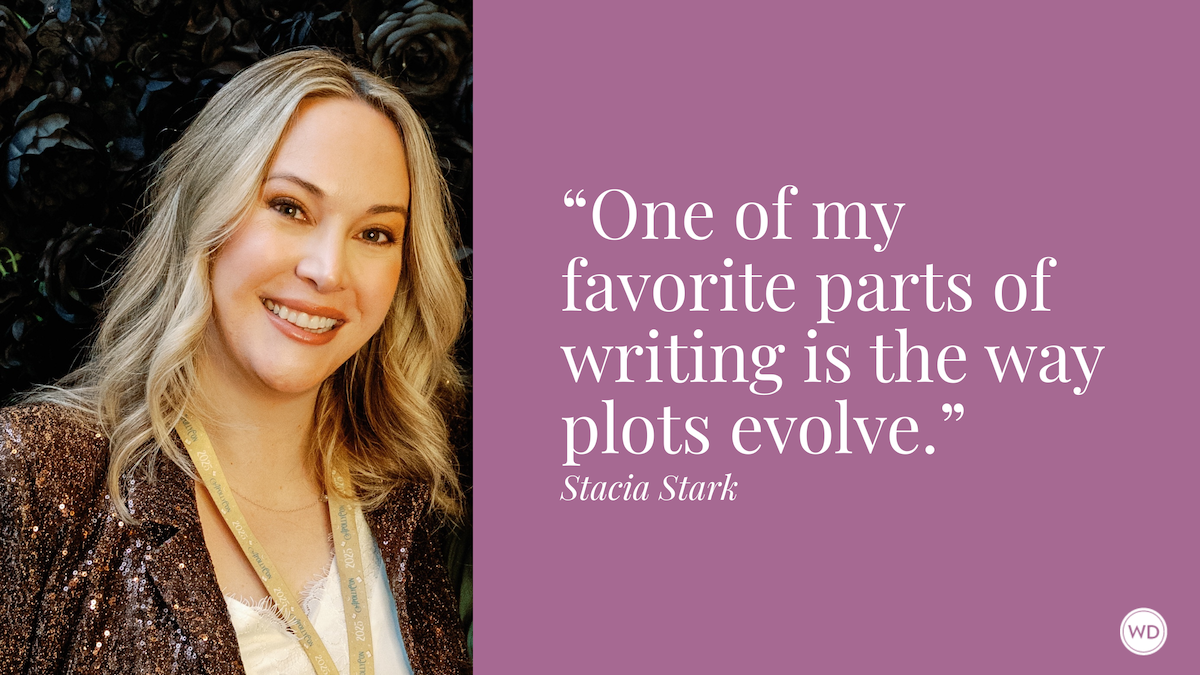6 Things Writers Should Know About Dogs and Their Bond With Humans
Jen Golbeck and Stacey Colino share six things writers should know about dogs and their bond with humans, including their impact on writers and writer’s block.
Dogs have long been considered people’s best friends, but the depth of this amazing bond isn’t always recognized. In fact, sometimes people have misconceptions of what this relationship is really about or how it affects us.
The truth is, our relationships with our dogs benefit our (human) physical, emotional, cognitive, and social well-being in many surprising ways, often without our realizing it. Even though we are lifelong dog-lovers and owners, we discovered hidden science-based perks to the relationship with our furry friends while we were writing The Purest Bond: Understanding the Human-Canine Connection.
Here are six things writers should know about the bonds between dogs and humans—for their own sake and for their writing:
1. Your dog shares your love.
People have often wondered if dogs are capable of love and the answer is yes—as long as you treat them well. Granted, they can’t tell us how they feel since they can’t speak but there’s plenty of evidence to suggest this is the case. For one thing, research has found that when people snuggle with or pet their dog or gaze into their pooch’s eyes, both creatures experience a surge of oxytocin, which is often called the “love hormone” or the “cuddle hormone” because it is released when people hug their romantic partner or their kids.
Dogs also have their own way of expressing love, according to animal behaviorists, and for some dogs, touch is the primary way they do it. That’s why when you pet or groom your pup or remove a prickly bur from its paw, a bout of licking is your dog’s way of expressing love and affection in return. Having said that . . .
2. The bond isn’t always immediate.
Like love at first sight with humans, some people do feel an instant connection with a dog they meet or adopt. But often it takes time, energy, and patience to build the bond. There’s a process of getting to know each other and integrating your pup into the family.
To set the stage for your new dog to trust you and thrive, it’s important to set boundaries and limits (on where they can and can’t go in your house), to give your dog the space they need to warm up before you smother them with affection, and to provide structure with a schedule for eating, playing, going outside, and more. This is true for puppies and older rescue dogs.
Check out The Purest Bond, by Jen Golbeck and Stacey Colino, here:
(WD uses affiliate links)
3. Not everyone has the same relationship with their dog.
People often assume there’s a parent-child type of relationship between humans and their dogs, which is why they’re referred to as “fur babies”—and for some people that’s true. But the human-canine connection can also have other dimensions—such as providing a steadfast friendship, a source of unconditional love, a symbiotic connection, a form of joyful responsibility, or a form of treasured companionship; for others, their dog becomes part of their own sense of identity.
The reality is, many people have their own personal mash-up of these relational elements with their dogs, and the balance between them can shift and evolve over time, as we explore in The Purest Bond.
4. Dogs are great social lubricants.
For starters, dogs make it easier to connect to people outside your home because they’re natural icebreakers and conversation starters, giving people something easy to talk about. Plus, a dog’s presence helps people relax, physically and emotionally, which can help any social interaction go more smoothly.
Some researchers call this “the pet factor,” which means a dog can serve as a conduit for human relationships, ranging from casual interactions with neighbors to the formation of new friendships and the widening of people’s social circles. I, Stacey, can personally attest to this: I met my husband while we were walking our dogs in the neighborhood.
5. It’s wise to take your dog for a walk when writer’s block strikes.
Have you ever noticed that a clever concept or a solution to a problem you’ve been grappling with may suddenly pop into your mind while you’re walking your dog or taking a shower?
Rather than continuing to try to push past a creative wall, people are often more likely to have breakthroughs or epiphanies when they’re doing a habitual task that doesn’t require much thought, research has found. This has to do with the brain’s default mode network—a set of regions that become more active when your brain is in a more passive or restful state than when you are engaged in a cognitively demanding activity.
So don’t feel guilty about stepping away from your desk to take Fido for a walk or for a game of fetch and letting your mind wander. You’ll both end up benefitting.
6. Your dog’s company can ease your stress.
Research has found that having a dog present when you’re dealing with a variety of stressful situations (from having to do mental math to engaging in public speaking) can ease your physiological and psychological response to the situation—more so than having a spouse or friend with you does. Your baseline heart rate and blood pressure are likely to be lower when your canine companion is with you.
And if you start to get anxious when you’re up against a deadline, reaching over to pet your dog or gaze into their eyes can give you a surge of calming oxytocin. Plus, when the writing process isn’t going smoothly, your dog can serve as a reminder of the love, trust, affection, support, and pleasure you have—what’s right in your life. Well-behaved dogs really are the best office mates.
Jen Golbeck and Stacey Colino are co-authors of The Purest Bond: Understanding the Human-Canine Connection. Jen Golbeck, Ph.D. is a psychologist and computer scientist and mom to a squad of special needs golden retrievers whose exploits are shared on social media as The Golden Ratio. Stacey Colino is an award-winning writer, specializing in health and science, and a certified health coach.









